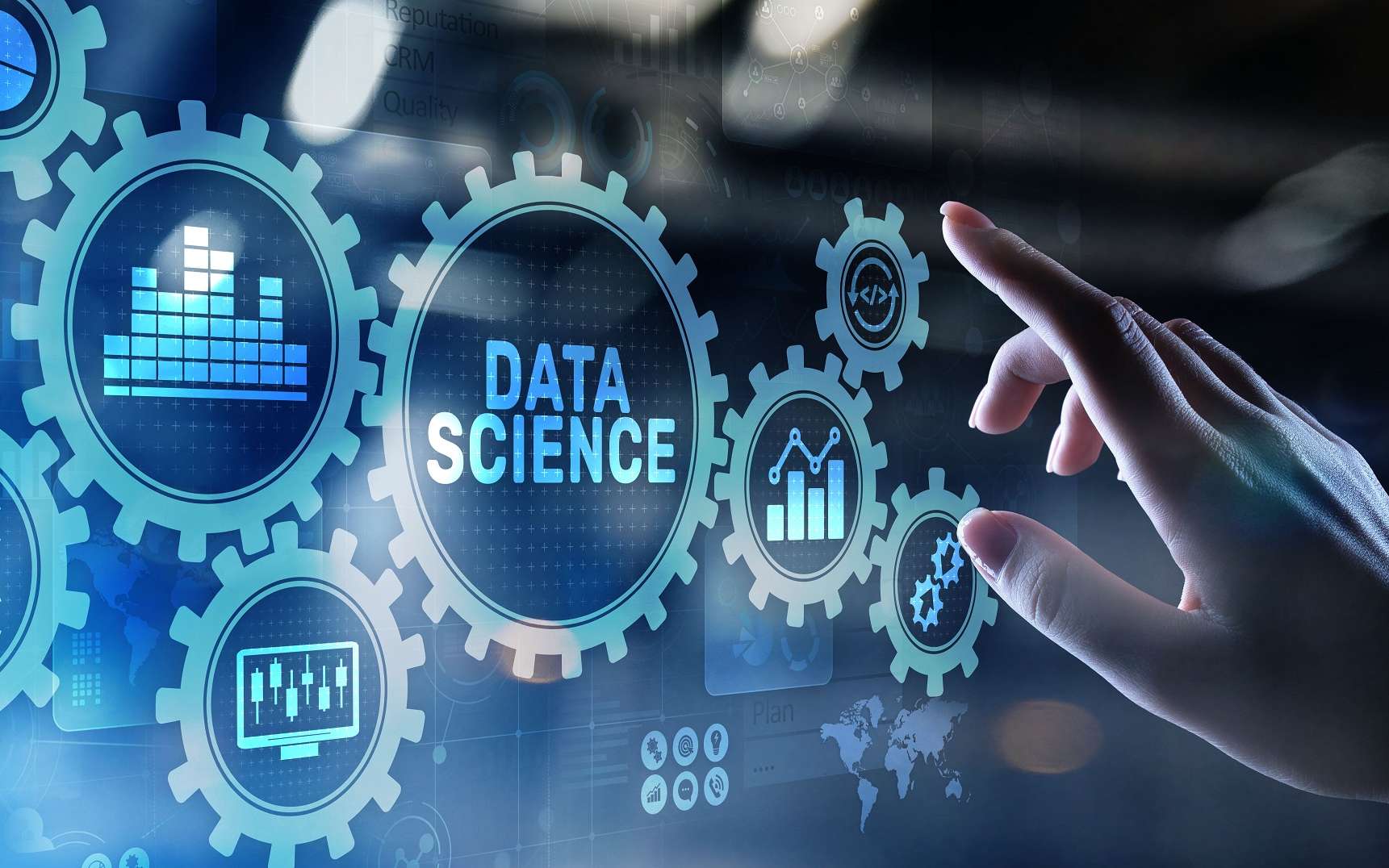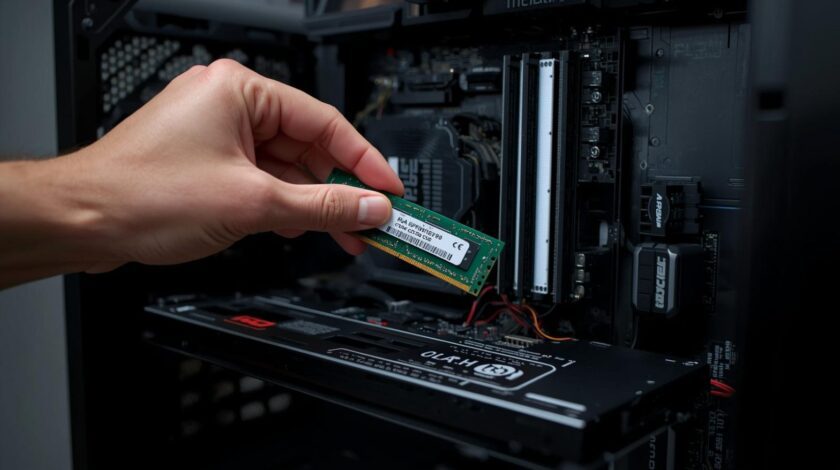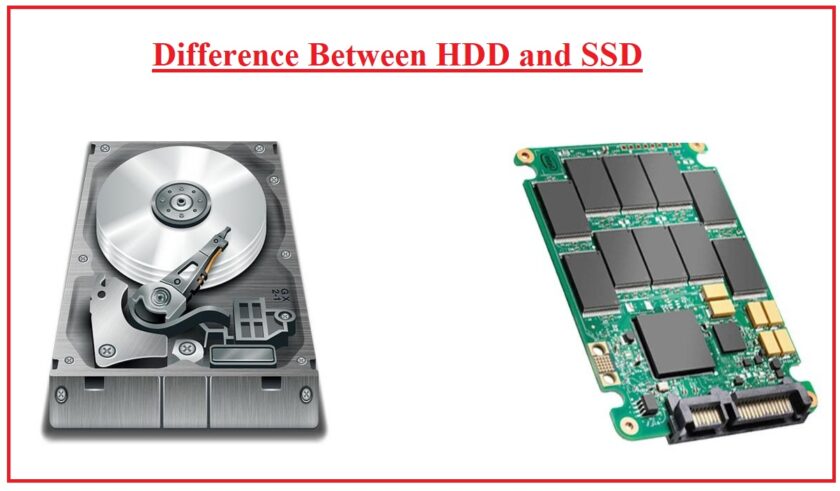Data Science is an interdisciplinary field that combines statistics, computer science, and domain expertise to extract meaningful insights and knowledge from structured and unstructured data. Data scientists use techniques from mathematics, machine learning, data mining, and artificial intelligence to analyze data and solve complex problems. This field is critical in today’s data-driven world, where businesses and organizations use data to make informed decisions, drive innovation, and improve processes.
Here’s an overview of data science, its process, tools, applications, challenges, and future trends:
1. Key Components of Data Science
- Data Collection:
- Gathering data from various sources, such as databases, web services, sensors, social media, etc. Data can be structured (like in databases) or unstructured (such as text, images, or audio).
- Example: An e-commerce company collects data on customer behavior, such as clickstreams, purchase history, and product reviews.
- Data Cleaning:
- Raw data often contains errors, missing values, or inconsistencies, which need to be cleaned before analysis. Data cleaning ensures data quality and prepares it for modeling.
- Example: Removing duplicate entries, filling in missing values, and correcting inaccuracies in the data.
- Data Exploration:
- Understanding the data by analyzing its structure, relationships, and patterns. Techniques such as descriptive statistics, data visualization, and exploratory data analysis (EDA) are used to summarize data and identify trends.
- Example: Visualizing sales trends over time to identify seasonal patterns or customer preferences.
- Feature Engineering:
- Creating new features (variables) that can improve the performance of machine learning models. This involves transforming raw data into meaningful features that capture the underlying patterns.
- Example: For a weather prediction model, creating features like temperature difference, humidity ratio, or wind speed variance.
- Model Building:
- Applying machine learning or statistical algorithms to the data to create predictive or classification models. This step involves selecting the right algorithm, training the model on historical data, and fine-tuning its parameters.
- Example: Building a machine learning model to predict customer churn based on historical data.
- Model Evaluation:
- Testing the model’s performance using unseen data (testing set) to assess its accuracy, precision, recall, and other relevant metrics.
- Example: Evaluating a credit scoring model’s ability to correctly identify high-risk customers using metrics like confusion matrix, ROC curve, and F1 score.
- Deployment:
- Integrating the model into a real-world system where it can provide predictions or insights in real-time. Continuous monitoring and updating of the model are necessary to ensure accuracy as new data becomes available.
- Example: A recommendation engine deployed on an e-commerce platform that provides personalized product suggestions to users.
- Communication and Visualization:
- Presenting the results of data analysis in a clear, actionable way. Data scientists use data visualization tools and storytelling techniques to communicate insights to stakeholders.
- Example: Creating interactive dashboards in Tableau or Power BI to show sales performance and customer segmentation.
2. Tools and Technologies in Data Science
- Programming Languages:
- Python: One of the most popular languages for data science due to its simplicity and extensive libraries like NumPy, pandas, Scikit-learn, and TensorFlow.
- R: Another widely-used language, especially for statistical analysis and visualization.
- SQL: Essential for querying and managing structured data in relational databases.
- Data Analysis and Visualization Tools:
- Jupyter Notebooks: Widely used for interactive data analysis and sharing code, visualizations, and narratives in one document.
- Tableau / Power BI: Popular business intelligence (BI) tools for creating dashboards and visualizing data insights.
- Matplotlib / Seaborn: Python libraries for creating static, animated, and interactive visualizations.
- Machine Learning Libraries:
- Scikit-learn: A Python library for implementing basic machine learning algorithms like linear regression, classification, clustering, and dimensionality reduction.
- TensorFlow / PyTorch: Deep learning frameworks used to build complex neural networks for tasks like image recognition, natural language processing, and more.
- Big Data Tools:
- Apache Hadoop: A framework for distributed storage and processing of large datasets.
- Apache Spark: A faster alternative to Hadoop that processes data in-memory and is widely used for big data analytics.
- Data Storage and Management:
- SQL Databases: MySQL, PostgreSQL, and Microsoft SQL Server are commonly used for managing structured data.
- NoSQL Databases: MongoDB, Cassandra, and HBase are used for handling large-scale, unstructured data.
- Cloud Platforms:
- Amazon Web Services (AWS), Google Cloud Platform (GCP), and Microsoft Azure provide cloud infrastructure and machine learning services like AWS SageMaker, Google AI Platform, and Azure ML.
3. Applications of Data Science
- Healthcare:
- Predictive Analytics: Using patient data to predict disease outbreaks, treatment outcomes, or personalized treatment plans.
- Example: IBM Watson Health uses data science to analyze patient data and recommend personalized treatment options for cancer patients.
- Finance:
- Fraud Detection: Analyzing transaction data to detect anomalies or patterns indicative of fraudulent activities.
- Example: Banks use machine learning algorithms to monitor real-time transactions and identify potential fraud based on unusual spending behavior.
- Retail and E-commerce:
- Recommendation Systems: Analyzing customer data to provide personalized product recommendations, improving customer experience and increasing sales.
- Example: Amazon and Netflix use recommendation engines to suggest products or shows based on user behavior.
- Marketing:
- Customer Segmentation: Dividing customers into groups based on demographics, behavior, or preferences, enabling targeted marketing campaigns.
- Example: Online retailers segment customers to target personalized email marketing campaigns based on purchase history and browsing patterns.
- Manufacturing:
- Predictive Maintenance: Analyzing sensor data from equipment to predict when maintenance is needed, reducing downtime and costs.
- Example: GE uses predictive analytics to monitor machinery and prevent breakdowns in industrial plants.
- Sports Analytics:
- Performance Analysis: Using data to track and improve player performance, analyze game strategies, and predict outcomes.
- Example: Professional sports teams like the NBA and NFL use data science to analyze player performance, optimize team formations, and develop game strategies.
4. Challenges in Data Science
- Data Privacy and Security:
- With the increasing use of personal data, privacy concerns and data breaches are significant risks.
- Solution: Organizations must comply with data privacy regulations such as GDPR, HIPAA, and CCPA and implement strong data protection practices.
- Data Quality:
- Poor data quality can lead to inaccurate models and misleading insights.
- Solution: Data cleaning, validation, and standardization practices are crucial to ensure high-quality data.
- Model Interpretability:
- Many machine learning models, especially deep learning models, are considered “black boxes” because their decision-making processes are difficult to interpret.
- Solution: Explainable AI (XAI) techniques help to make models more transparent and interpretable.
- Scalability:
- As datasets grow in size and complexity, traditional tools may struggle to process them efficiently.
- Solution: Big data technologies like Hadoop and Spark, combined with cloud computing, help to scale data science operations.
- Skills Gap:
- Data science requires expertise in programming, statistics, machine learning, and domain knowledge, leading to a shortage of skilled professionals.
- Solution: Investment in training and education to develop more data scientists and upskill existing talent.
5. Future Trends in Data Science
- AI and Automation:
- AI-driven automation in data science workflows will streamline tasks like data cleaning, model selection, and tuning, enabling faster deployment of data models.
- Example: Automated machine learning (AutoML) platforms like Google AutoML simplify the process of building and deploying models.
- Edge Computing and IoT:
- With the growth of IoT devices, data processing will increasingly move closer to the data source (edge computing) for real-time analytics.
- Example: Autonomous vehicles using edge computing to process sensor data in real-time for navigation and decision-making.
- Natural Language Processing (NLP):
- Advances in NLP will enable more sophisticated understanding and generation of human language, improving chatbots, virtual assistants, and text analytics.
- Example: GPT models, like ChatGPT, are enhancing conversational AI capabilities in customer service and content generation.
- Quantum Computing:
- As quantum computing becomes more accessible, it will revolutionize data science by solving complex problems at an unprecedented speed.
- Example: Quantum algorithms will accelerate data processing in areas like drug discovery, cryptography, and financial modeling.
Conclusion
Data science plays a critical role in shaping how organizations make decisions, innovate, and solve complex problems. By leveraging large datasets, powerful machine learning algorithms, and advanced tools, data scientists can uncover insights that drive business value across industries. As technology continues to evolve, data science will become even more integral to advancements in AI, big data, and automation, pushing the boundaries of what is possible with data-driven decision-making.






